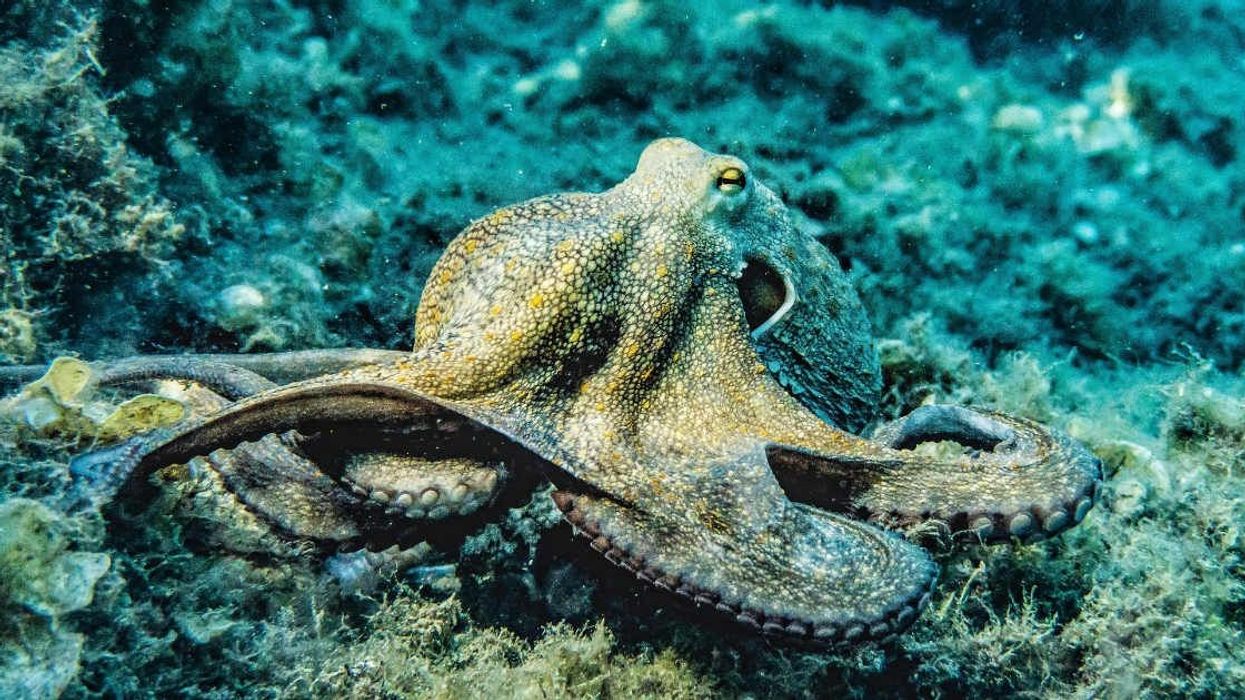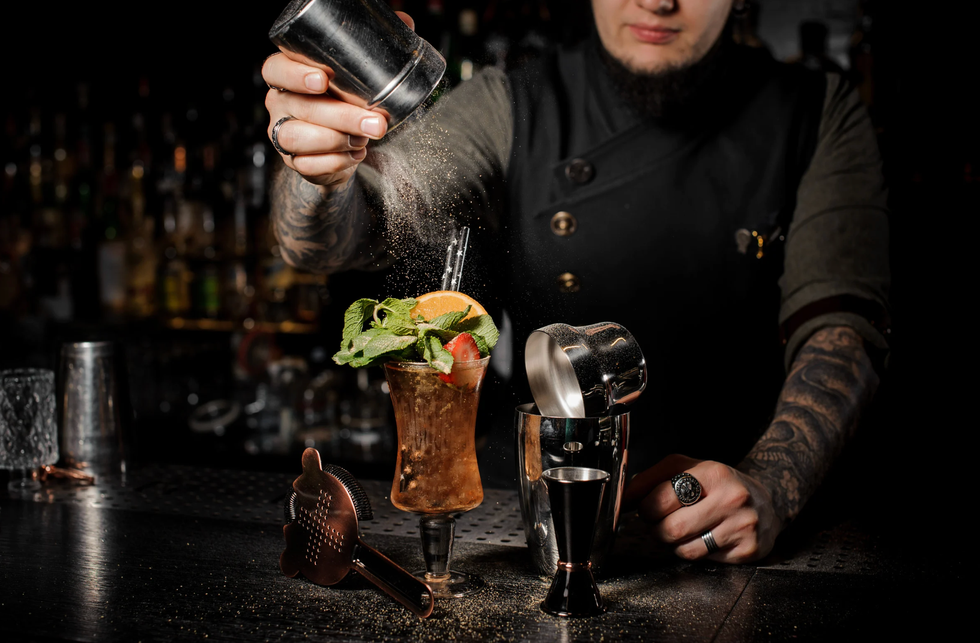This post is brought to you by GOOD with support of Naked Juice
For more than 23 million Americans, a food desert is not a mirage. It’s a daily reality in hundreds of communities that lack access to fresh, affordable, and nutritious food.
The USDA characterizes food deserts as low income, low access neighborhoods that lack grocery stores within a 1 mile proximity for urban residents and 10 miles for rural residents. Many of those in food deserts don’t own vehicles, and rely on corner convenience stores that often stock processed snack products (think potato chips, soft drinks, and candy) rather than raw meat or fresh produce.
Not only do food deserts add to the challenge of food insecurity in America, they create a ripple effect that many policy makers believe contribute to issues like childhood obesity, a higher risk of diabetes and heart diseases, and lost economic and job opportunities for the community.
Food deserts have complex root causes and chances are, you live closer to one than you might think. Take a look at the map and learn how some of America's largest cities are tackling the problem within their own communities. See how food deserts are spread across the U.S. and how these regions intersect with issues like poverty, population density, and transportation access.
Also, to find out how you can help bring fresh produce to underserved communities, click here to learn about Drink Good, Raise Good, a fundraising initiative created by GOOD’s sponsor Naked Juice and Wholesome Wave. To date, Naked Juice has donated 150,000 pounds worth of produce to Wholesome Wave, a national nonprofit which works to make locally-grown fruits and veggies more available to underserved communities through their Double Value Coupon Program at participating farmers markets.

















 Screenshots of the man talking to the camera and with his momTikTok |
Screenshots of the man talking to the camera and with his momTikTok |  Screenshots of the bakery Image Source: TikTok |
Screenshots of the bakery Image Source: TikTok | 
 A woman hands out food to a homeless personCanva
A woman hands out food to a homeless personCanva A female artist in her studioCanva
A female artist in her studioCanva A woman smiling in front of her computerCanva
A woman smiling in front of her computerCanva  A woman holds a cup of coffee while looking outside her windowCanva
A woman holds a cup of coffee while looking outside her windowCanva  A woman flexes her bicepCanva
A woman flexes her bicepCanva  A woman cooking in her kitchenCanva
A woman cooking in her kitchenCanva  Two women console each otherCanva
Two women console each otherCanva  Two women talking to each otherCanva
Two women talking to each otherCanva  Two people having a lively conversationCanva
Two people having a lively conversationCanva  Two women embrace in a hugCanva
Two women embrace in a hugCanva 
 A reddit commentReddit |
A reddit commentReddit |  A Reddit commentReddit |
A Reddit commentReddit |  A Reddit commentReddit |
A Reddit commentReddit |  Stressed-out employee stares at their computerCanva
Stressed-out employee stares at their computerCanva
 Who knows what adventures the bottle had before being discovered.
Who knows what adventures the bottle had before being discovered. 
 Gif of young girl looking at someone suspiciously via
Gif of young girl looking at someone suspiciously via 

 A bartender makes a drinkCanva
A bartender makes a drinkCanva